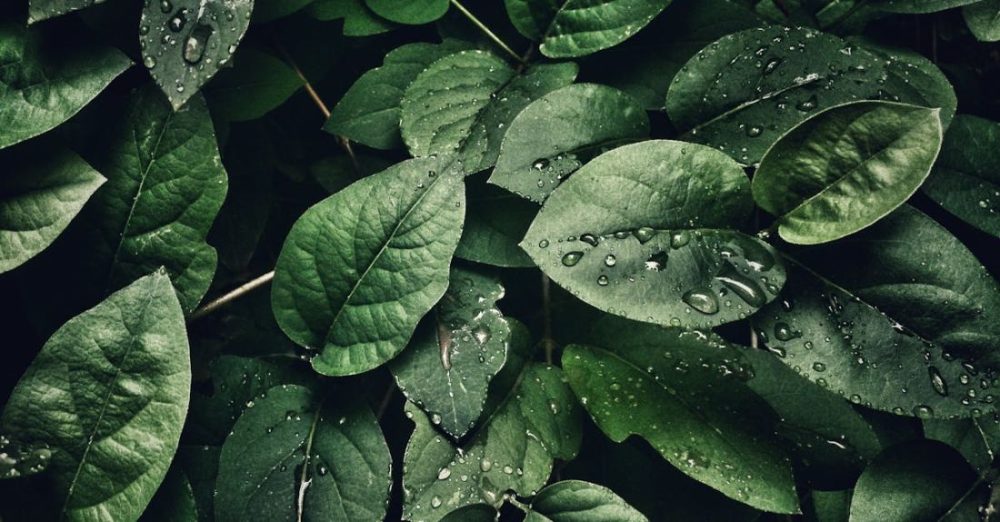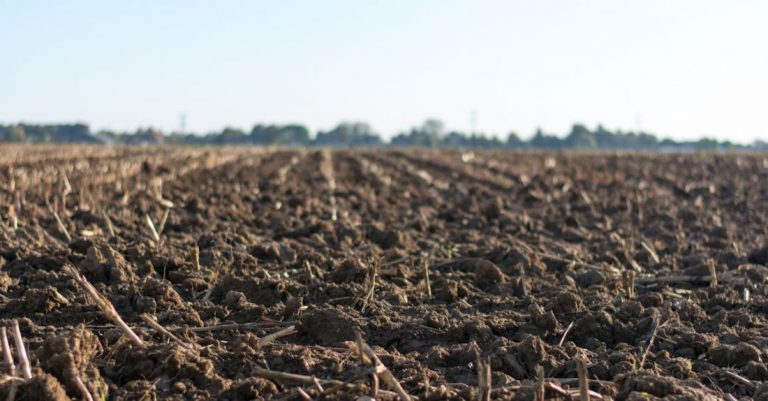
Permaculture gardening is a sustainable and eco-friendly approach to cultivating plants that mimics the natural ecosystems. It focuses on creating harmonious relationships between plants, soil, and wildlife to create a self-sustaining garden. Choosing the right plants for a permaculture garden is crucial to its success. Here are some of the best plants to consider when planning your permaculture garden:
Diverse Fruit Trees
Fruit trees are a staple in permaculture gardens due to their multiple benefits. They provide shade, food, and habitat for birds and insects. Opt for a variety of fruit trees such as apple, pear, cherry, and plum to ensure a continuous harvest throughout the year. Fruit trees not only offer delicious fruits but also enhance the biodiversity of your garden.
Nitrogen-Fixing Plants
Nitrogen-fixing plants play a vital role in permaculture gardens by improving soil fertility. These plants have the ability to convert atmospheric nitrogen into a form that is readily available to other plants. Legumes such as peas, beans, and clover are excellent choices for nitrogen-fixing plants. They not only enrich the soil but also attract beneficial insects to your garden.
Companion Plants
Companion planting is a key principle in permaculture gardening that involves planting different species together to promote growth and deter pests. Some excellent companion plants to consider include marigolds, nasturtiums, and garlic. Marigolds, for example, help repel pests with their strong scent, while nasturtiums attract beneficial insects that prey on garden pests.
Herbs and Medicinal Plants
Herbs and medicinal plants are valuable additions to any permaculture garden. They not only provide fresh flavors for cooking but also have medicinal properties that can be used for natural remedies. Consider planting herbs such as rosemary, lavender, and mint, which are not only beneficial for your health but also attract pollinators to your garden.
Perennial Vegetables
Perennial vegetables are an excellent choice for permaculture gardens as they require less maintenance and provide a continuous harvest year after year. Plants like asparagus, rhubarb, and artichokes are great options for a perennial vegetable garden. By incorporating perennial vegetables into your garden, you can create a more sustainable and resilient food system.
Native Plants
Native plants are well-adapted to the local climate and soil conditions, making them ideal choices for permaculture gardens. They require less water and maintenance compared to exotic species and provide important habitat for wildlife. Incorporating native plants such as wildflowers, grasses, and shrubs into your garden can help support local biodiversity and create a more resilient ecosystem.
Water-Wise Plants
Water conservation is a crucial aspect of permaculture gardening, especially in regions with limited water resources. Choosing water-wise plants that are drought-tolerant can help reduce water usage in your garden. Succulents, such as cacti and agave, are excellent choices for water-wise plants as they store water in their leaves and stems, requiring minimal irrigation.
Conclusion: Creating a diverse and resilient permaculture garden requires thoughtful planning and careful selection of plants that work in harmony with each other and the environment. By incorporating a variety of fruit trees, nitrogen-fixing plants, companion plants, herbs, perennial vegetables, native plants, and water-wise plants, you can create a thriving ecosystem that provides food, habitat, and beauty for years to come. Embracing the principles of permaculture gardening can help you cultivate a sustainable and regenerative garden that benefits both you and the planet.





